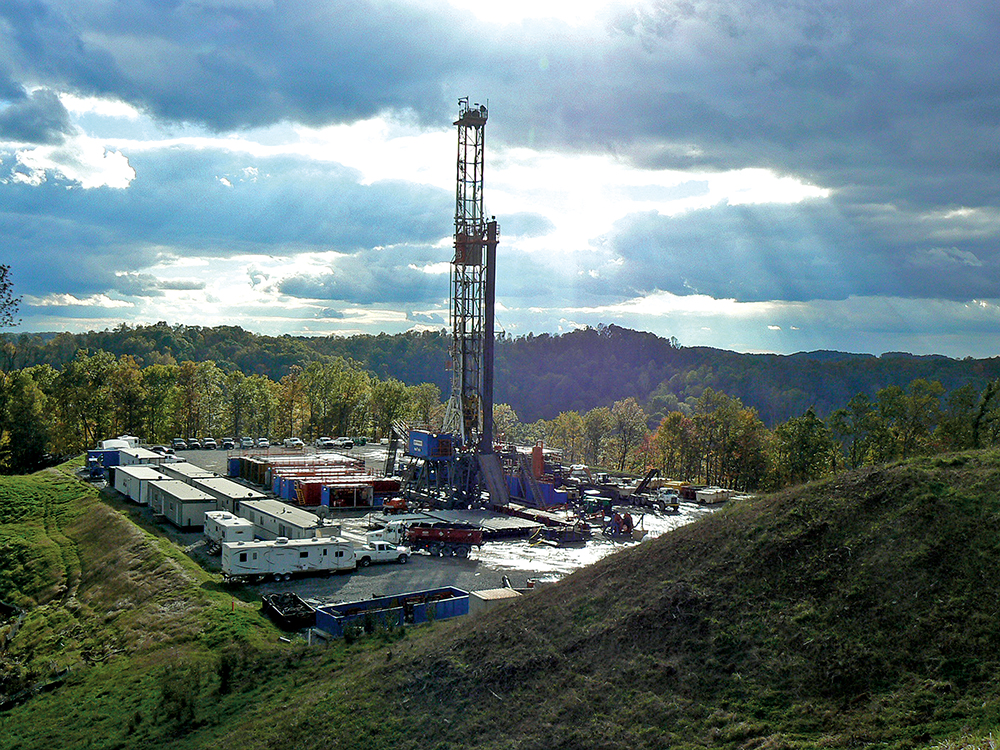Cleaning Up Coal Ash
For well over a century, power plants across the country have burned coal to generate electricity. And for just as long, leftover coal ash has been dumped in open, unlined pits near the power plant, usually located on a river or lake. Every year, U.S. power plants produce 130 million tons of coal ash, which is the second largest waste stream in the country after municipal garbage.
Coal ash concentrates the toxic heavy metals found in coal, including arsenic, mercury, lead and selenium. Stored in unlined, wet impoundments, coal ash has been leaking these toxics into our groundwater and surface waters for years. Sometimes these impoundments collapse — with disastrous results.
Yet government regulations for coal ash management are either non-existent or sparse, and there is little enforcement of the regulations that do exist. In North Carolina, this lack of oversight — and the complicity between state regulators, elected officials and Duke Energy — came to a boiling point in February 2014 when one of Duke’s coal ash impoundments spilled 39 million tons of ash into the Dan River.
Citizens living near North Carolina’s 33 coal ash impoundments — all of which have leaked — have fought for transparency from Duke and the state, and for cleanup of the pollution that threatens their property value, health and family. Their actions forced this issue into the headlines of news networks and to the forefront of environmental justice conversations in the United States.
Appalachian Voices stood with these communities as we worked for years to compel Duke Energy and the N.C. Department of Environmental Quality to excavate coal ash from all the North Carolina sites and dispose of it either in lined, dry landfills, away from waterways, or by recycling it for concrete or other uses, provided it’s done in a manner that protects public health and the environment.
On Jan. 2, 2020, North Carolina announced a historic settlement with one of the state’s most powerful corporations and polluters, Duke Energy. The settlement requires Duke to move nearly 80 million tons of toxic coal ash at six of its power plants to properly lined landfills onsite or recycle it.

Learn information about specific coal ash impoundments in the South, including health threats and safety ratings:
Additional Resources
Fact sheets, videos, links to academic research, and more
Sign Up to Act
Help us protect the health of our communities and waterways.
Latest News
Don’t drink the water
As part of coal ash law enacted in North Carolina last year, Duke Energy is required to test the well water of residents living within 1000 feet of the massive coal ash ponds that dot the state. Now, the first round of water testing results are coming back, giving residents and regulators a clear picture of just how widespread the problem is.
Meet Tarence, the newest member of our team!
Appalachian Voices would like to welcome Tarence, Ray, our newest member to the team! Serving as our new Central Appalachian Field Coordinator, Tarence will be working in central Appalachia helping expand our Appalachian Water Watch project and working on federal policy to end mountaintop removal coal mining.
POWER+ Plan deserves a warmer welcome
While we here in Appalachia are working overtime to reinvent our economy and outlast the fall of King Coal, you would think that our representatives in Washington, D.C., would be eager to pass measures that send much-needed federal aid to help our hard hit coal-producing counties. But most of the region’s congressmen and senators are staying silent, and those who are going on the record are definitely not stepping up to the plate.
“MVP” is not a most valued project

Under Pressure: A Fractured Relationship with Natural Gas
Across the East, fracking for natural gas is advancing in starts and stops — as some states embrace the practice, another bans it, and still more consider the risks and potential rewards of entering the fracking fray.
Digging Under the Surface: West Virginia’s Fracking Boom
Many West Virginia landowners agreed to sever the right to use their land from their rights to the minerals buried beneath the surface long before the onset of fracking technology. Today, fracking operators are using those old leases to bring industrial development to formerly secluded country homes, like the ridge above David Wentz’ house.










